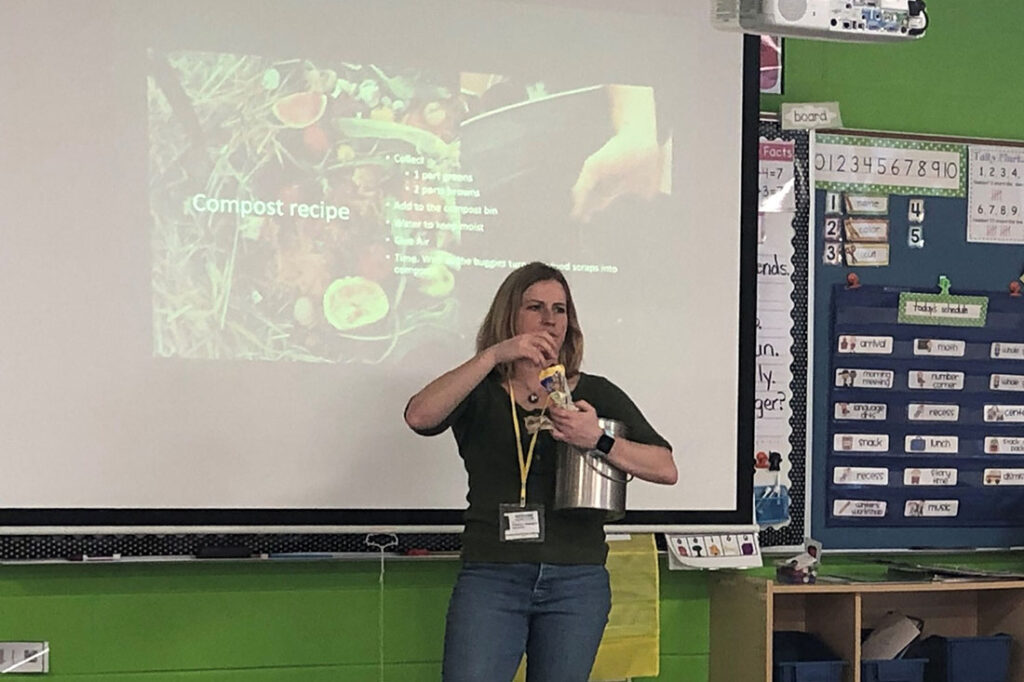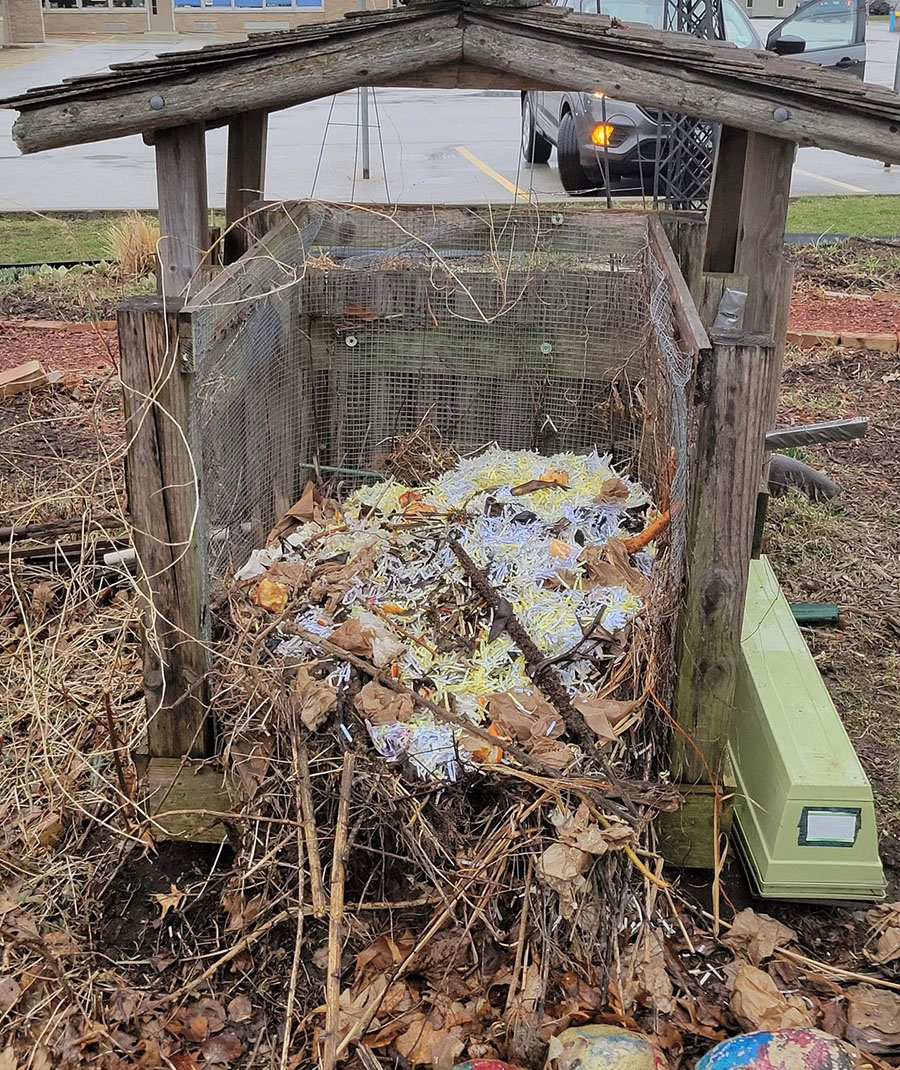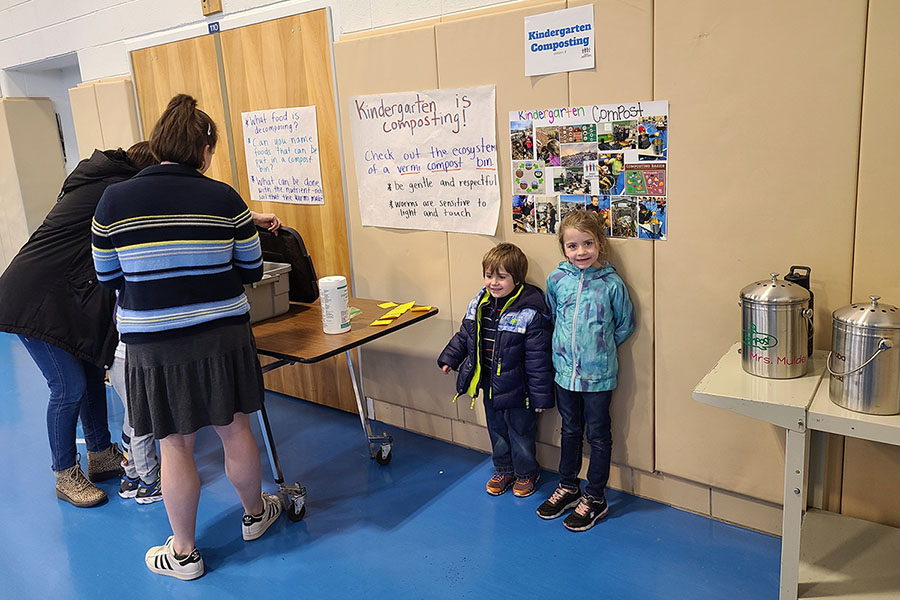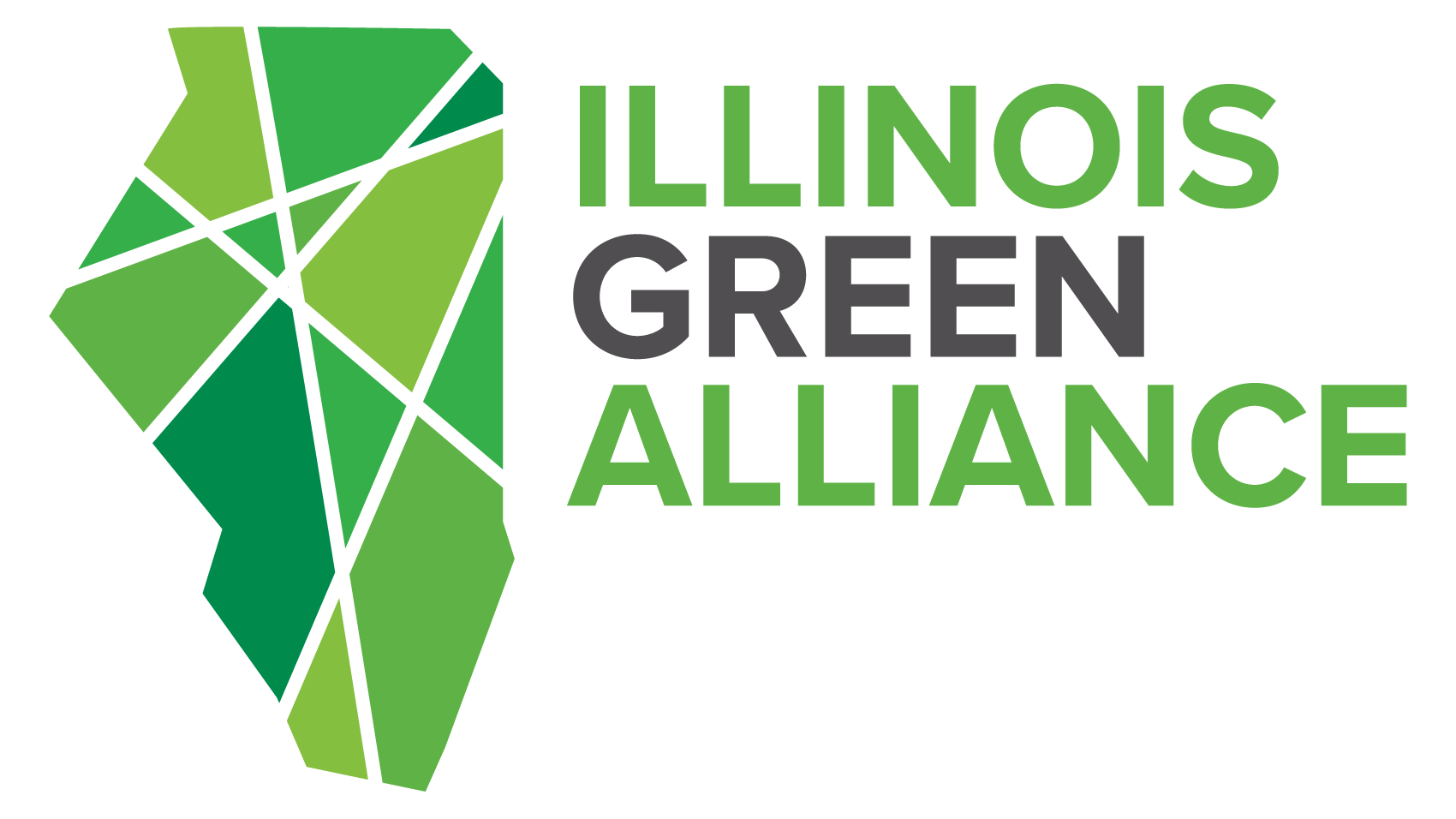
Pleasantdale Elementary School: Color the World with Butterflies
By Clare Zhang
First thing every morning, the kindergarteners in Kara Mulder’s class run to check on the growth of their plants. They add food waste to the classroom compost buckets, then take them outside as a class to add to the bin in the school’s butterfly garden.
This new routine is a result of Pleasantdale's participation in the Illinois Green Schools Project. Together with kindergarten teacher Erin Oskroba and Illinois Green Schools mentor and senior environmental soil scientist Theresa Johnston, Mulder has made composting both a regular and fun part of the Pleasantdale kindergarteners’ lives.
“All of that joy and excitement is obvious every day in the classroom,” Mulder said.
Every year, the Pleasantdale kindergarteners raise painted lady butterflies during their butterfly unit. This year, as part of the Green Schools Project, the teachers decided to incorporate planting and composting into this process, to show students how their food waste can come full circle to help sustain the environment.

Pleasantdale’s butterfly garden has existed for over 20 years, and they added a compost bin several years ago for the extra bushes and weeds. However, the teachers and students didn’t know exactly how to compost effectively or how it would affect the plants in the garden, so Johnston gave an interactive presentation on composting to each of the kindergarten classes.
“In every single classroom that I visited, there was at least one student that said, ‘Compost! I have that at home!’” Johnston said. Even if they already knew what composting was, the presentation helped them understand the “why” behind their actions for the first time.
Each of the four classrooms got a bucket to put their food scraps in during snack time. Johnston brought in compost mixed with soil and compared it to just the soil from the butterfly garden, which students immediately noticed the differences between.
The project has a ripple effect beyond these kindergarten classrooms, Johnston said. For the current students, maintaining composting habits in all areas of their lives can also get their friends and families composting.

Johnston's daughter, who is in Mulder's class, is vocal in her support for compost at home, calling out her dad and three-year-old brother if they put compostable materials in the garbage.
"It's made her very aware of where waste is going," Johnston said. "Waste can be turned into something else that we benefit from."
The project has been a learning experience for the teachers as well as the students, said Mulder, who didn’t know much about composting or sustainability before. When Johnston approached her about participating in the Green Schools Project, Mulder wasn’t sure she was the best person for the job, but decided to give it a try.
“Us teachers, we always think of what’s best for the kids,” Mulder said. “I was like, all right, I’m going to learn right along with them, and it has just been so wonderful and beneficial for all of us. So I would just say, take the leap.”
